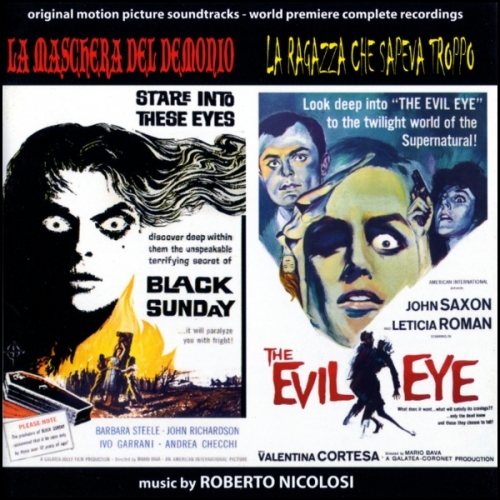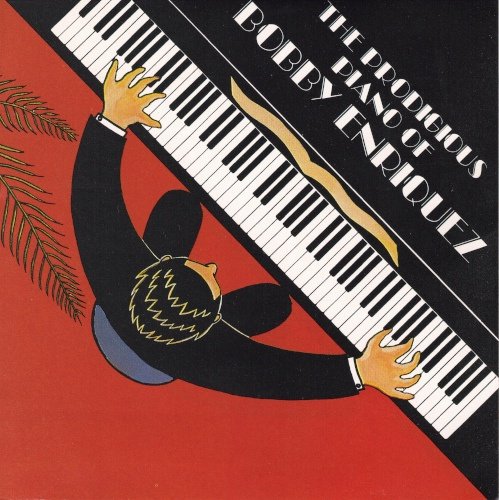Harry Christophers & The Sixteen with Fretwork - Taverner: Mater Christi Sanctissima (2000)
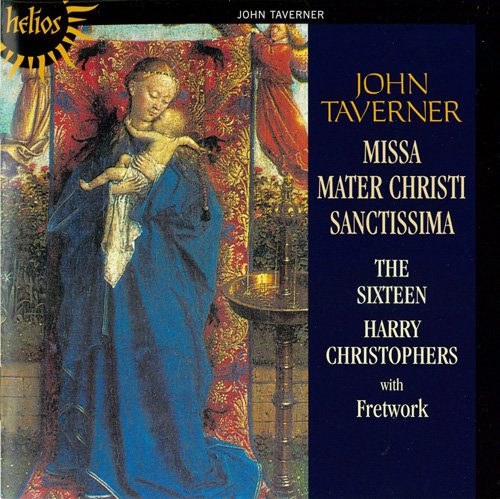
Artist: The Sixteen, Harry Christophers
Title: Taverner: Mater Christi Sanctissima
Year Of Release: 2000
Label: Hyperion
Genre: Classical
Quality: FLAC (image + .cue, log, scans)
Total Time: 01:05:09
Total Size: 254 MB
WebSite: Album Preview
Tracklist:Title: Taverner: Mater Christi Sanctissima
Year Of Release: 2000
Label: Hyperion
Genre: Classical
Quality: FLAC (image + .cue, log, scans)
Total Time: 01:05:09
Total Size: 254 MB
WebSite: Album Preview
01. Hodie Nobis Caelorum Rex
02. Mater Christi Sanctissima
03. Magnificat A 4-Nesciens Mater
04. Quemadmodum X 6 - The Sixteen/Harry Christophers/Fretwork
05. Missa Mater Christi Sanctissima: Gloria
06. Missa Mater Christi Sanctissima: Credo
07. Missa Mater Christi Sanctissima: Sanctus
08. Missa Mater Christi Sanctissima: Benedictus
09. Missa Mater Christi Sanctissima: Agnus Dei
10. In Nomine A 4
Continuing their series of recordings of the works of John Taverner, The Sixteen now offer their impressive account of the composer's five-part Missa Mater Christi sanctissima, based on his votive anthem of the same name. It is a lively and vigorous work, beautifully crafted, and this performance amply matches the craftsmanship of the composer. The Sixteen are not the first choir to have recorded this work: four years ago the choir of Christ Church, Oxford, made a splendid recording with Stephen Darlington. Christ Church would appear to have held all the trump cards: in the first place, because Taverner wrote this Mass for this very choir, of which in the sixteenth century he was informator, the choir of what was then Wolsey's Cardinal College. The composition of the choir was the same then as now, with 16 boy trebles. Furthermore, the acoustic would have been identical. What more could a present-day, authenticityseeking conductor desire? To make their performance even more 'authentic', the choir had attempted to place it in its correct liturgical setting—in a mass celebrated according to the rite of Salisbury.
Possessing none of these 'inherited' advantages, Harry Christophers approaches the Mass from a different angle. He attempts no liturgical reconstruction, concentrating instead upon sheer musical quality. Three female sopranos replace the boy trebles. The music is all pitched up a tone, which has the effect of adding brilliance to every climax. He demonstrates the surprisingly good acoustic of St Jude-on-the-Hill in Hampstead—an acoustic of space and definition, ideal for the interweaving of the strands of early Tudor polyphony. His slightly slower tempo than that adopted by Darlington makes for greater clarity and a certain welcome gravitas. Without being told so, I might have been able to recognize, in the quality of the recording, the hand of Antony Howell: clarity and a sense of space are its hallmarks. In addition, there is an ease and elegance about this performance by The Sixteen, which shows itself in many ways, not least in the careful sculpting of the individual phrases, but also in attention to such details as the cadential triplets in the treble part at "de Deo VE-ro" (in the Credo—indicated by coloration and the proportional sign 3.2 in the part-book). -- Gramophone
Possessing none of these 'inherited' advantages, Harry Christophers approaches the Mass from a different angle. He attempts no liturgical reconstruction, concentrating instead upon sheer musical quality. Three female sopranos replace the boy trebles. The music is all pitched up a tone, which has the effect of adding brilliance to every climax. He demonstrates the surprisingly good acoustic of St Jude-on-the-Hill in Hampstead—an acoustic of space and definition, ideal for the interweaving of the strands of early Tudor polyphony. His slightly slower tempo than that adopted by Darlington makes for greater clarity and a certain welcome gravitas. Without being told so, I might have been able to recognize, in the quality of the recording, the hand of Antony Howell: clarity and a sense of space are its hallmarks. In addition, there is an ease and elegance about this performance by The Sixteen, which shows itself in many ways, not least in the careful sculpting of the individual phrases, but also in attention to such details as the cadential triplets in the treble part at "de Deo VE-ro" (in the Credo—indicated by coloration and the proportional sign 3.2 in the part-book). -- Gramophone
Related Release:

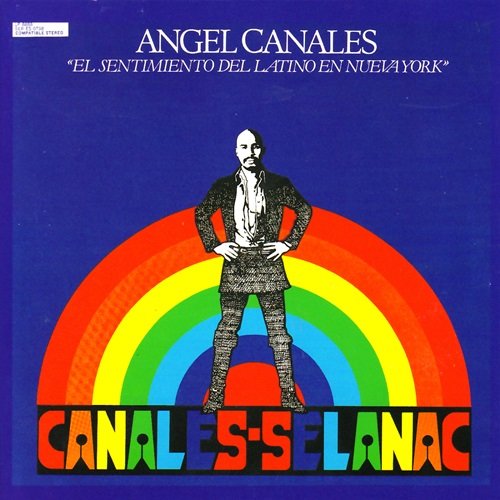
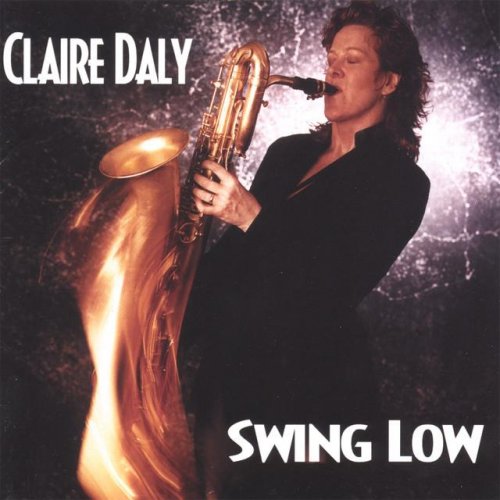

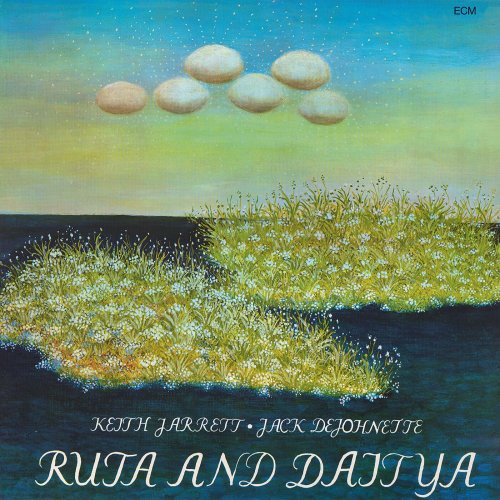
![Dharma Quintet - Mr Robinson (1970) [2018] Hi-Res Dharma Quintet - Mr Robinson (1970) [2018] Hi-Res](https://www.dibpic.com/uploads/posts/2025-12/1764879288_cover.jpg)
